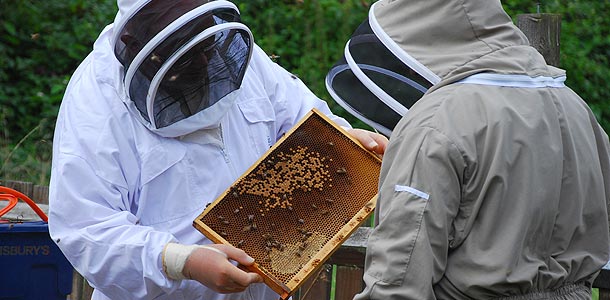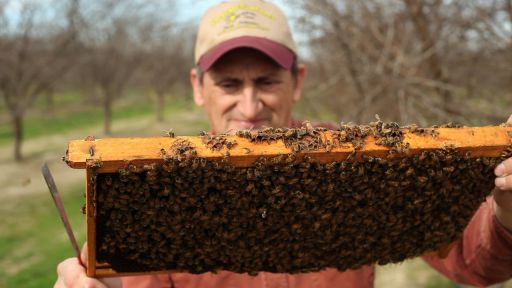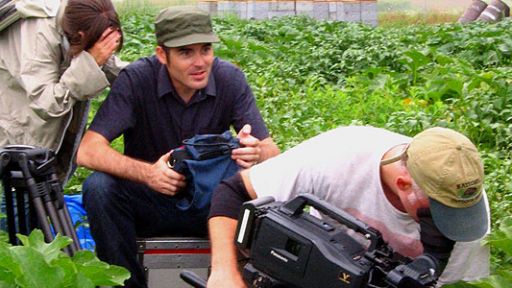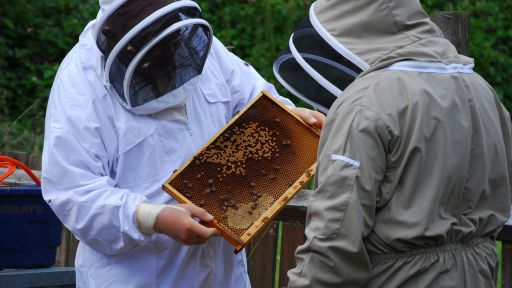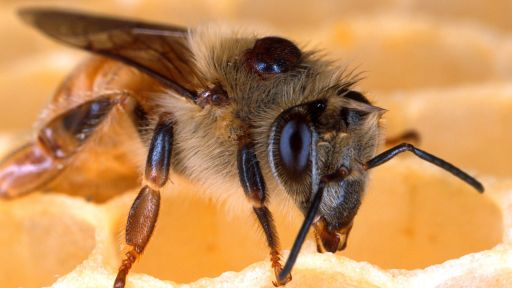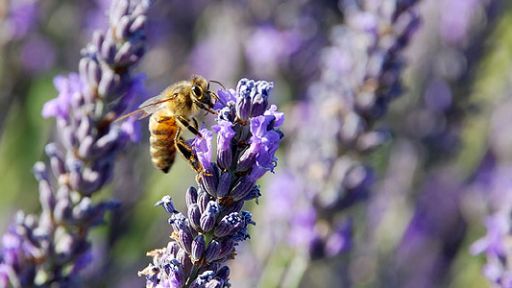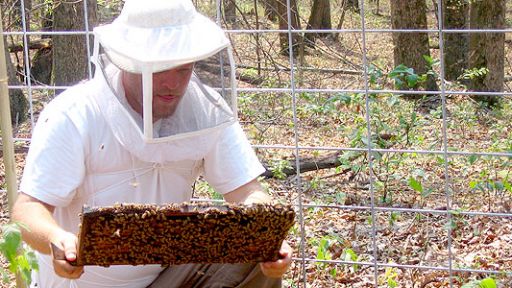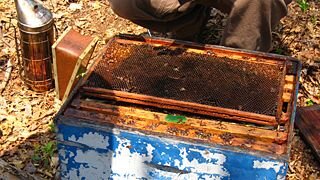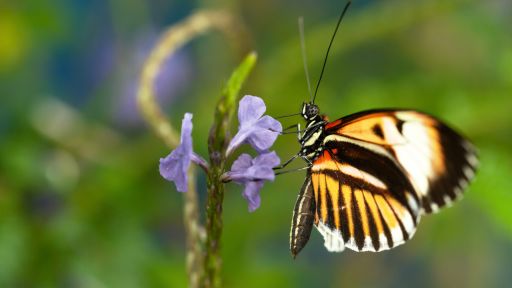In May 2009, NATURE Online asked Dennis van Engelsdorp, Pennsylvania’s acting state beekeeper, to comment on recent developments in the investigation into Colony Collapse Disorder. Here’s what he had to say. Check back later in May for a new report detailing colony losses in the U.S. for this past winter.
Q: A new study by Spanish researchers, published in the February ’09 edition of the Environmental Microbiology Reports journal, suggests that the fungus Nosema ceranae had been isolated as the cause of colony collapse in two affected beekeeper colonies in Spain. Is this fungus responsible for the Colony Collapse Disorder in the U.S.?
A: Absolutely not. We identified Nosema ceranae right from the beginning, and right away it was clear that Nosema ceranae could not, on its own, explain losses CCD losses in America. I don’t know about Spain, but there are [scientists and beekeepers] in Europe who have had high losses who are saying it’s not Nosema ceranae. What we do know is that the description of mortality described in these papers isn’t the same as Colony Collapse Disorder. I think what’s happening is that CCD has caught people’s attention and so now everything that is a colony dying is “Colony Collapse Disorder.” And that’s not true. Colony Collapse Disorder is a very defined set of traits: a rapid loss of the adult population and no dead bees in the bee yard or in the bee colonies, and that’s certainly not what this research described. We also know that in America, not all colonies have Nosema ceranae — colonies have a lot of viruses. So instead of having one or two viruses, they’ll have five or six viruses. We think they have something like the flu, and this flu is simply wiping through. The question is “Why suddenly are the bees so susceptible to all of these other pathogens — including Nosema ceranae but certainly not limited to Nosema ceranae.
What kind of reception is the study having with experts in Spain and Europe right now?
I work with the American group and we were at the first conference they put together to try to figure out [the causes of] Colony Collapse Disorder. We said, “well, we don’t think it’s this because half the colonies that have CCD don’t have any Nosema ceranae.” It just seems like it’s a distraction, and it’s unfortunate because surely there are people in Spain, and in America, who have a problem with Nosema ceranae, and it’s very treatable. And our recommendation is to treat for Nosema ceranae because it is another stress, and if you reduce stress you’re probably going to help your bees out. But this “Oh we found the solution” sort of dilutes the pressure that exists to make sure we have the funding and resources we need to solve this problem. And we really do need to solve this problem.
Are there any other recent developments regarding CCD in North America since we last spoke in June 2008?
We have discovered a condition we’re calling entombed pollen, where there are high levels of fungicide in some pollen that might be associated with mortality. Certainly most of the colonies that are dying are not dying from CCD. Most of them are dying from poor queen quality, which is something that’s surprising.
Could you explain what you mean by “poor queen quality”?
Every colony has a queen, and what we’re finding is that those queens are dying. And if a colony is unable to successfully replace them, or if the beekeeper is unable to identify that there’s a problem with the queen and buy a new queen to replace her, the colony dies.
Also, we’re finding that beekeepers tend to have better success keeping their colonies alive by keeping colonies as healthy as possible and by aggressively treating disease and keeping colonies well nourished.
An updated development happening in California relates to almonds. You may remember from your Silence of the Bees film that normally half the colonies in the country are needed to pollinate the almond crop. Demand for almonds was expected to grow through 2012, and there was an expectation that there wouldn’t be enough bee colonies in the country to pollinate the almonds. With the drought in California, it appears that they are now plowing under some of the older almond orchards. That has taken some of the pressure off, and we aren’t seeing some of the pollinator shortages we expected.

